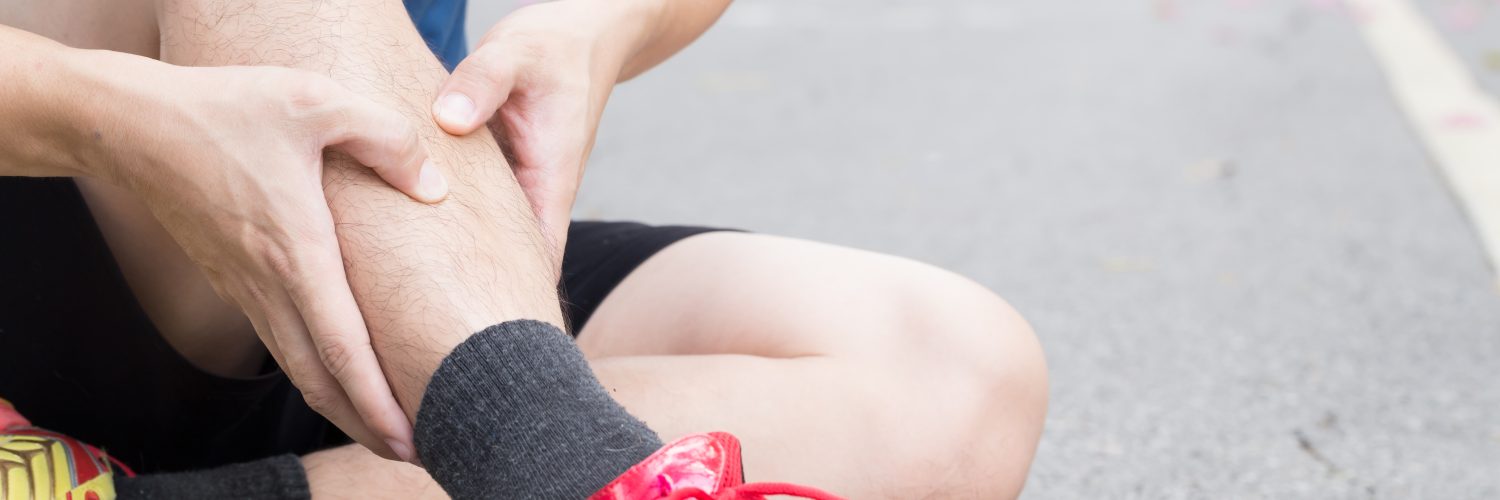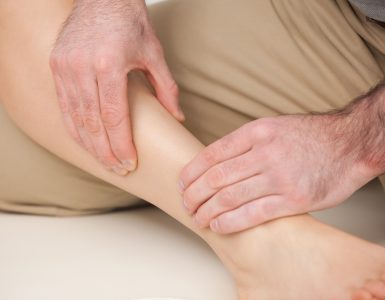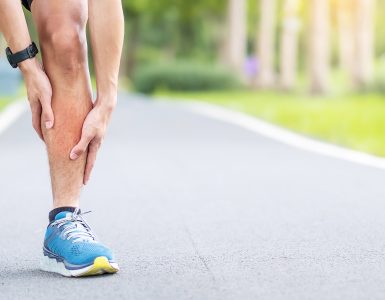What are shin splints?
Common in runners, dancers and sports people, shin splints are pain felt along the shinbone or tibia (the large bone that runs down the front of the lower leg). Medically known as medial tibial syndrome (MTSS), shin splints are the result of inflammation of the muscles, tendons and bone tissue.
What causes shin splints?
Shin splints are typically an overuse injury which causes repeated stress on the shinbone and the connective tissues that attach the muscles to the bone. Usually associated with running, it often occurs when you have a sudden change in your physical activity, such as changing the frequency or intensity of your run, changing the terrain you run on or it could be related to incorrect technique, muscular issues or the mechanics of your foot. It could also be caused by poor shoe choice, increased weight gain or reduction in bone density caused by osteoporosis or vitamin D deficiency.
What are the symptoms?
You will probably notice tenderness to the touch, soreness or pain along the inside of your shinbone, typically the lower third, and some redness and swelling in your lower leg. The pain may feel like a dull ache, but at times can be sharp. You could experience the pain at the beginning of your exercise, that may lessen or disappear once your warm up, but returns after you finish. It may be worse in the morning. The pain usually eases after resting.
How is it diagnosed?
It is important that you get a diagnosis from your doctor or physiotherapist, as ignoring these injuries can cause the problem to deteriorate, delay recovery and could result in something more serious such as a stress fracture. Your medical history will be assessed, a physical examination undertaken and a discussion about your exercise program. Depending on your individual situation and the severity of your symptoms, you may need to have an x-ray, CT scan or an MRI to rule out other conditions.
What treatment is required?
To assist in manage your pain and recover from the injury, you may be advised to:
- Rest. It’s important to take a break from your activities for a few weeks to give your muscles and bones a chance to recover.
- Ice. Apply an ice pack several times a day.
- Pain Relief. Take anti-inflammatory pain killers like aspirin and ibuprofen.
- Low impact activities. Such as swimming, cycling or cross-training.
- Physiotherapy. Your doctor will refer you to a physiotherapist.
- Podiatrist. A podiatrist will be able to help you with selecting suitable shoes and provide orthotic support inserts to provide support, particularly if you suffer from flat feet.
How does physiotherapy help?
Your physiotherapist will be able to do a full assessment of your condition and put in place a recovery plan for you. This may include:
- Strengthening and stretching exercises to assist with pain relief and correct any biomechanical issues
- Shock wave therapy
- Massage and dry needling
- Put in place an exercise program gradually increasing in intensity over an appropriate period of time
- Instruction on how to tape your lower legs and feet prior to running.
Provided you follow your physiotherapist’s advice and stick to your recovery plan, you should fully recover.
What can I do to prevent getting a shin splint?
It is important if you are a runner or other athlete to ensure that you consider ways to help prevent you from suffering from a shin splint:
- Manage your training. Don’t try to increase your training too quickly. Increase your intensity and length gradually over a period of time, so it does not put too much strain on your shins. A 10% increase each week is a good target to aim for.
- Have a good stretching program for before and after exercising.
- Wear supportive shoes. Ensure you have properly fitting shoes that support the arches of your feet. If necessary, get some orthotic inserts to correct any problems you may have.
- Strength training. Include regular training to strengthen your core, hips and legs and ankles, including your calves and foot muscles.
- Cross train. Include some low impact activities such as swimming and cycling to minimise the impact on your shins.
- Healthy diet and weight. Ensure that you maintain a healthy balanced diet and match your calorie intake to your activity level. Extra weight can put added stress and impact on to your shins.
- Running surface. Avoid surfaces that are hard, uneven or hilly as they create higher impact. Choose a softer surface such as a grassy oval or running track.
- Pain. If you are experiencing shin pain, reduce your activity level until it improves and use an ice pack.
If you think you may be suffering from a shin splint, it is important to cease the activity that is causing it, rest with your leg up and apply ice. If it does not improve, seek medical advice.




